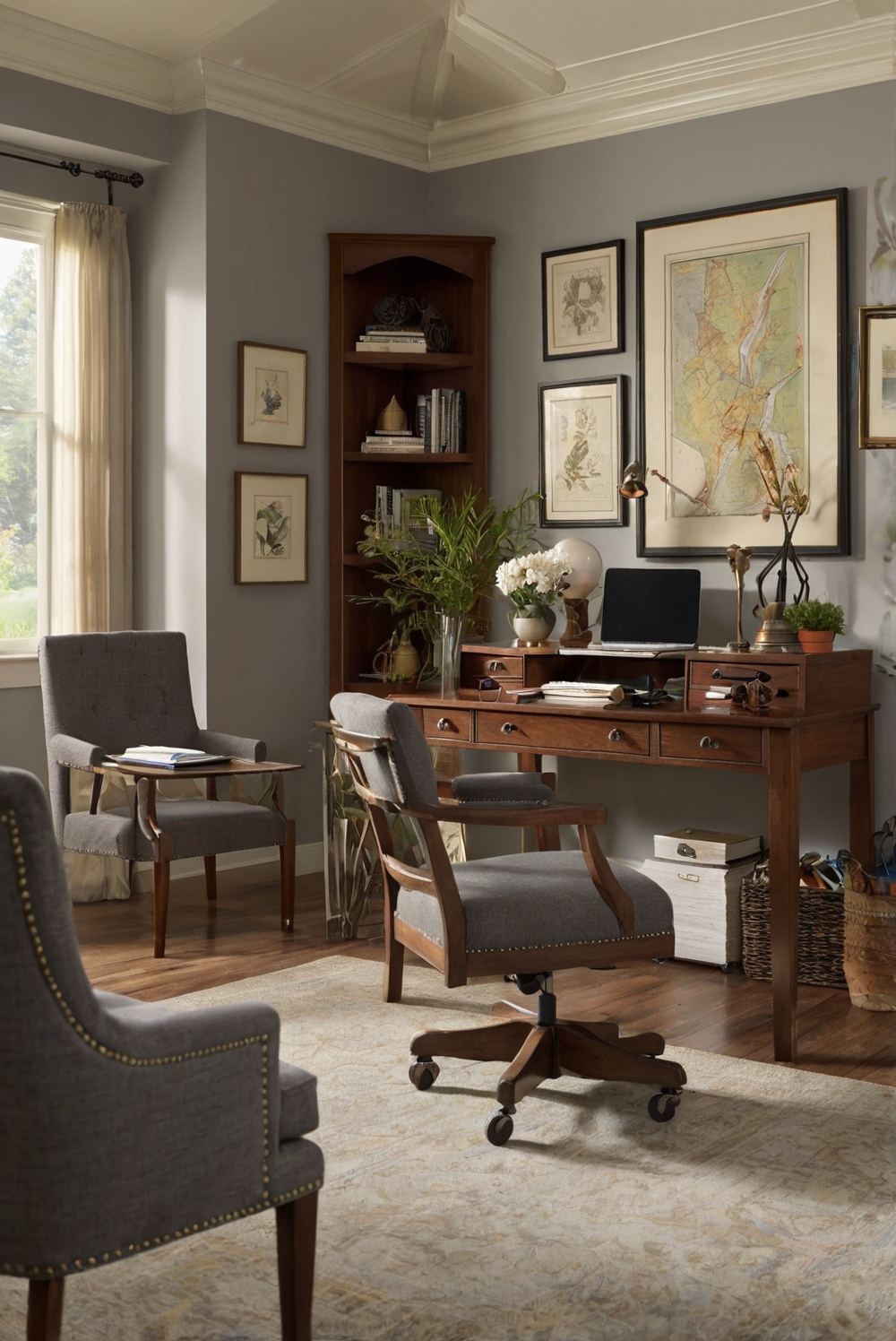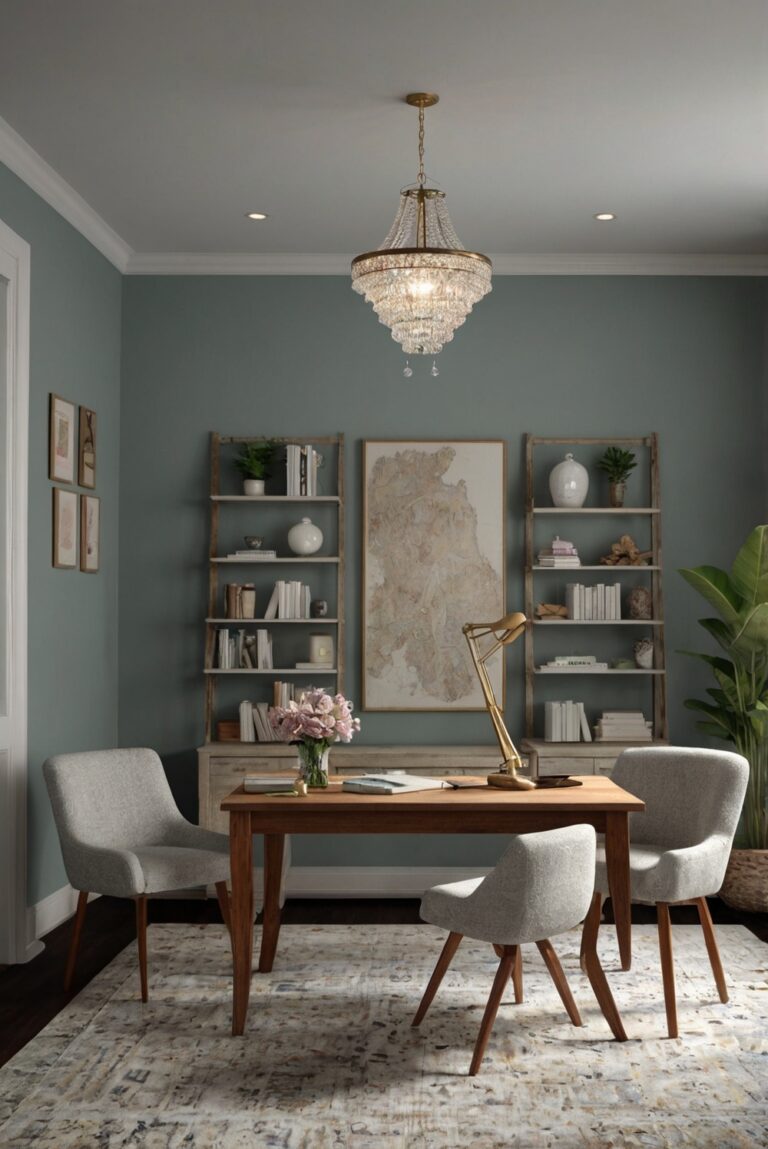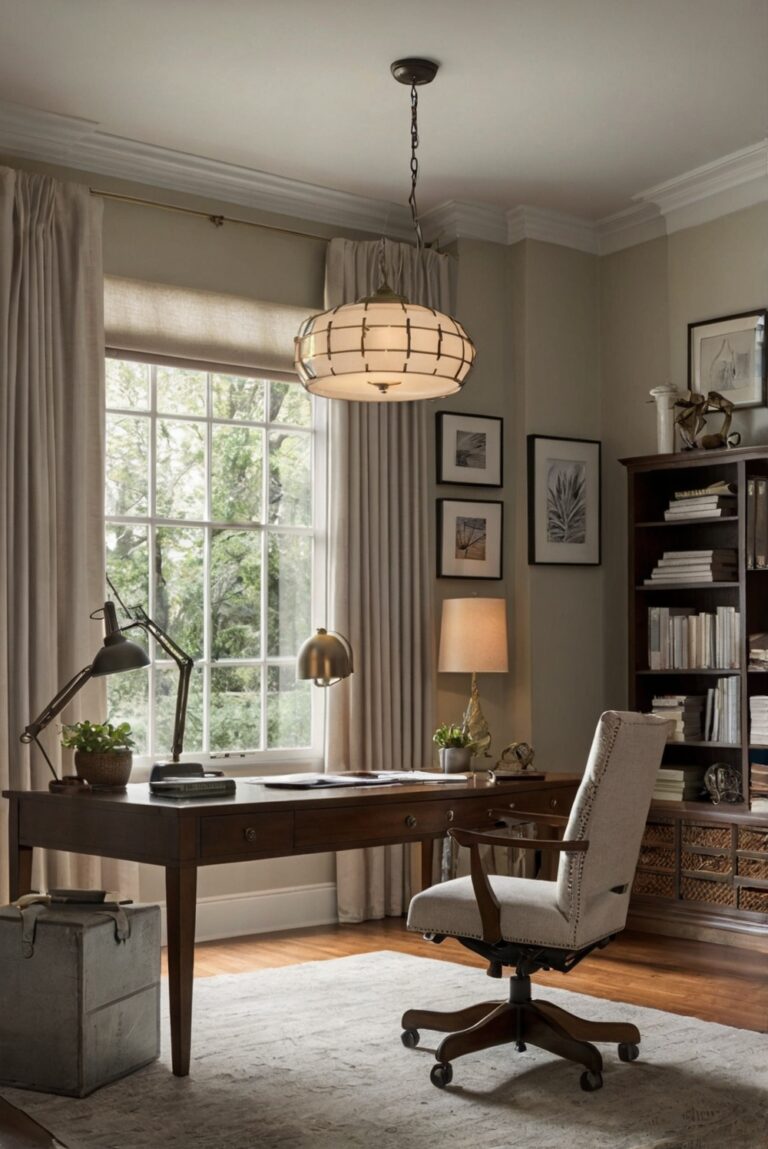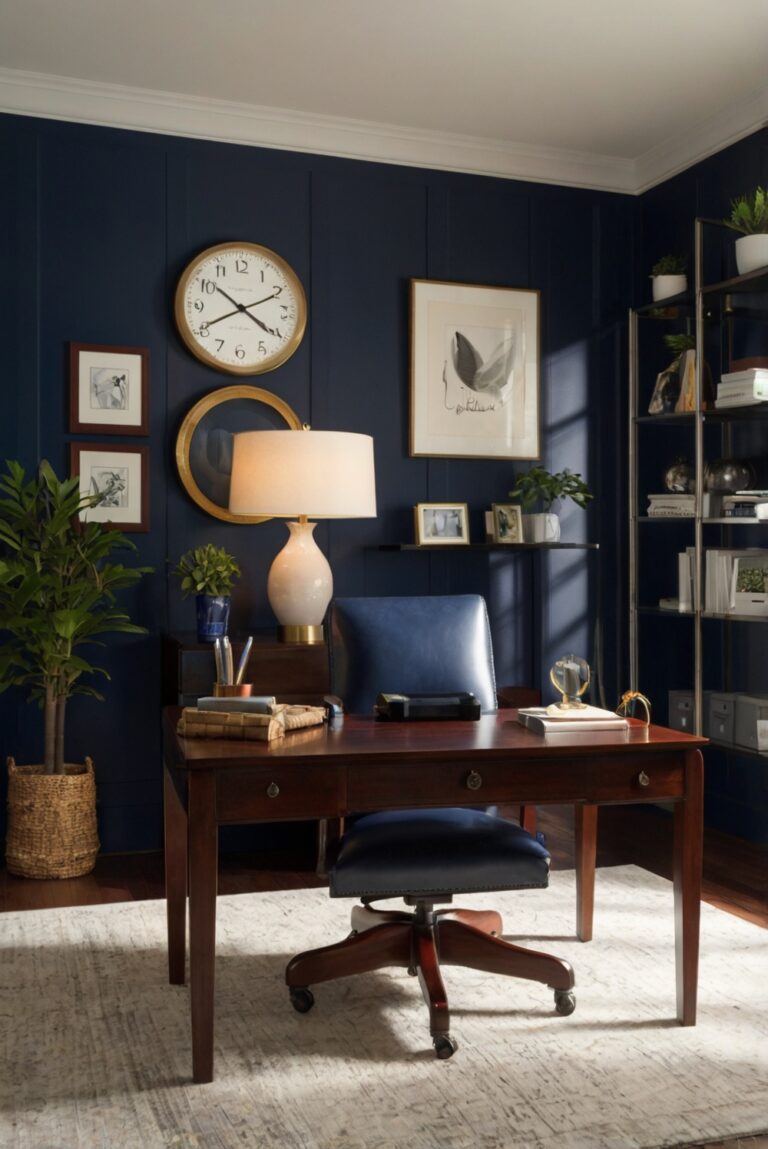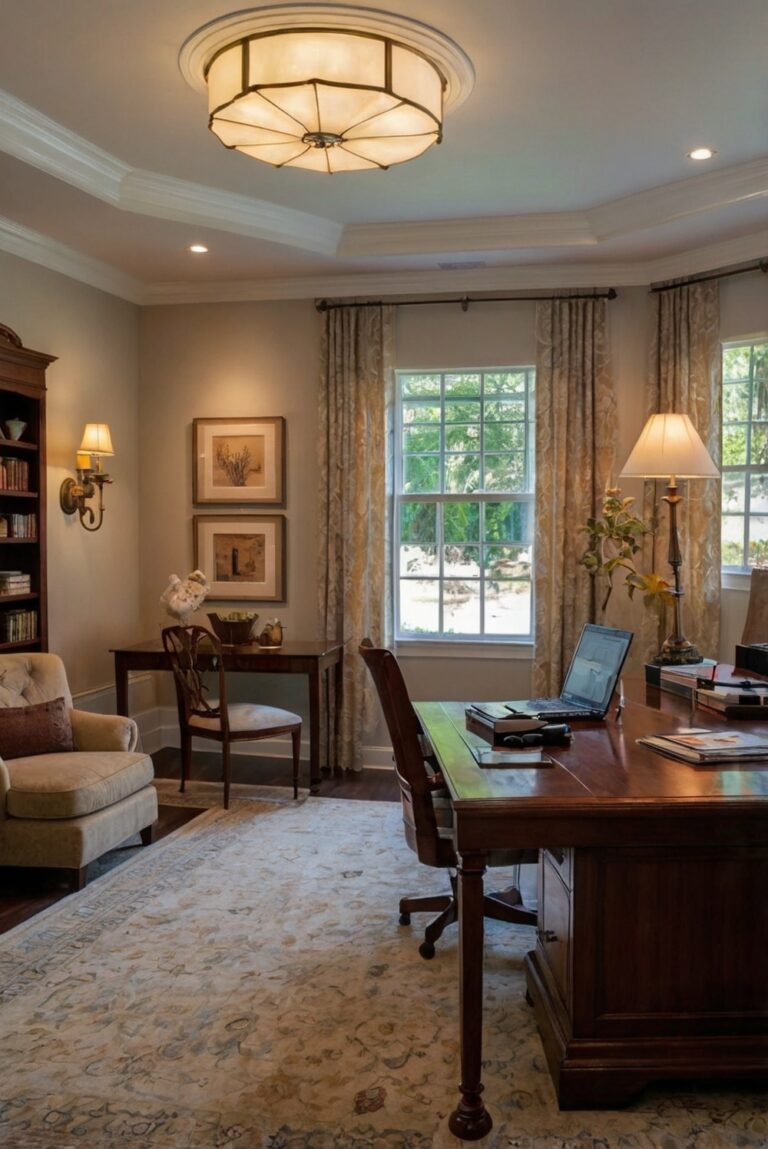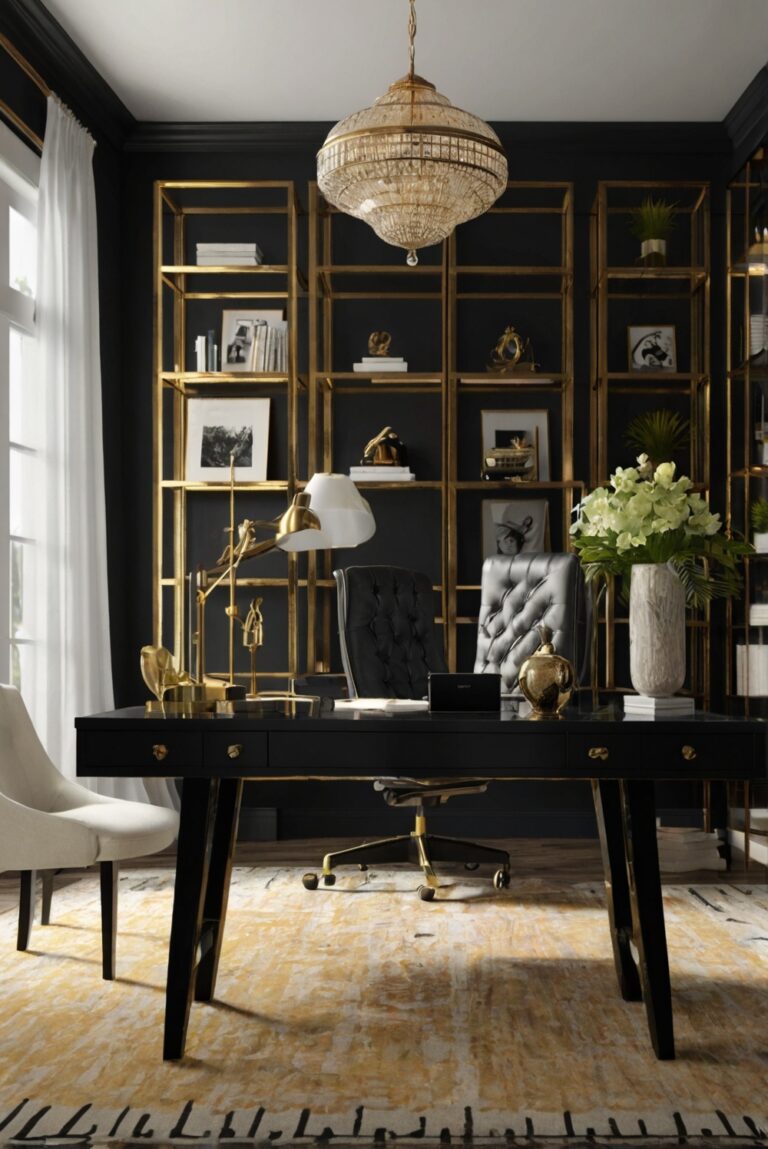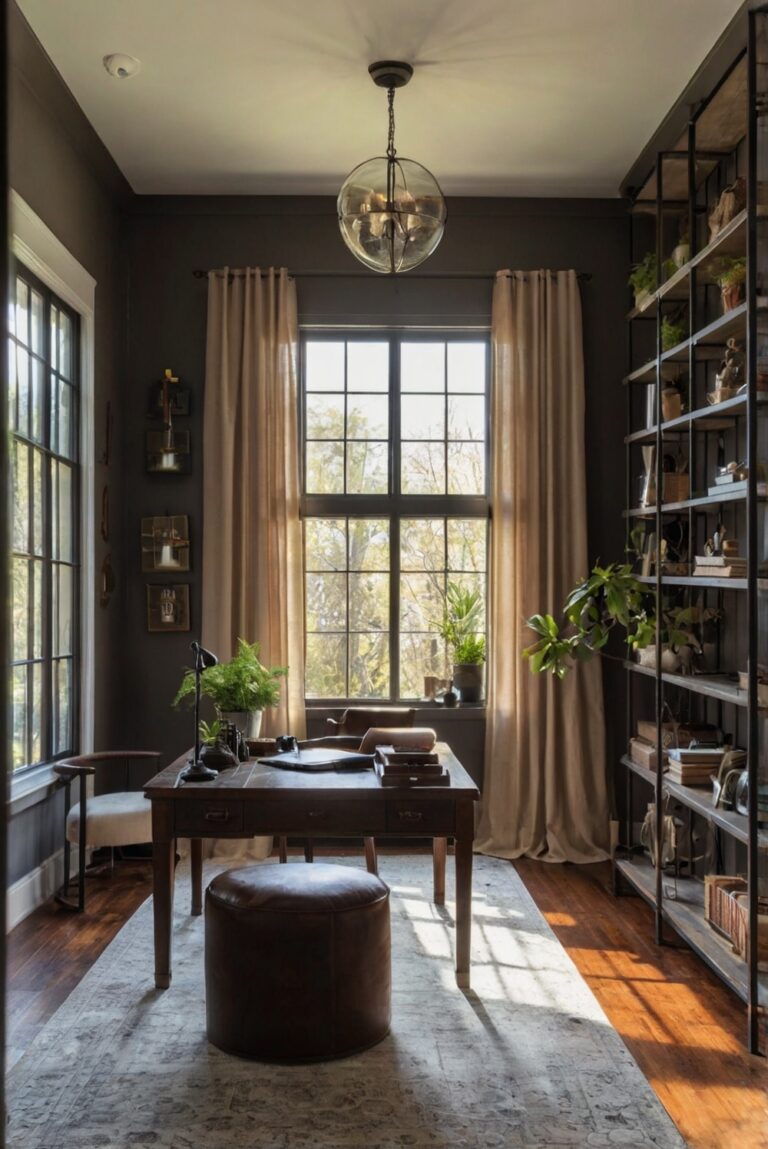Discover how to seamlessly blend biophilic design principles with paint in your home office for a rejuvenating and productive workspace. Explore simple yet effective tips here.
To incorporate biophilic design principles with paint in your home office, you can start by using earthy and natural color tones like greens, blues, and browns to mimic outdoor elements. Consider painting an accent wall with a leafy pattern or botanical motif to bring a touch of nature indoors. Utilize eco-friendly paints to promote a healthy indoor environment. Integrate textures like bamboo or wood patterns for a tactile connection to nature. Ensure proper lighting to complement the paint colors and create a harmonious workspace. By incorporating these elements, you can enhance your home office with biophilic design principles to promote well-being and productivity.
How to Incorporate Biophilic Design Principles with Paint in Your Home Office?
Biophilic design principles aim to connect people with nature through the design of spaces where we live and work. When it comes to your home office, incorporating biophilic design can have numerous benefits, including improved productivity, creativity, and overall well-being. One simple yet effective way to integrate these principles into your home office is through the use of paint. Here’s how you can do it:
Choose Natural Colors:
When selecting paint colors for your home office, opt for hues inspired by nature such as greens, blues, browns, and earth tones. These colors can help create a calming and soothing environment, mimicking the outdoor world indoors. Green, in particular, is associated with nature and can promote a sense of tranquility and focus.
Use Textured Finishes:
Incorporating textured finishes like stone, wood, or concrete can add depth and visual interest to your home office walls. These textures can evoke a sense of being in a natural environment, enhancing the biophilic design elements of your space. Consider using techniques like sponge painting or faux finishes to create a tactile experience.
Integrate Patterns Inspired by Nature:
Patterns inspired by nature, such as leaf motifs, floral designs, or organic shapes, can bring a touch of the outdoors into your home office. Consider incorporating these patterns through wallpaper, stencils, or hand-painted designs on your walls. These patterns can evoke a sense of connection to nature and promote a harmonious workspace.
Consider Natural Light:
When designing your home office, make sure to maximize natural light sources. Natural light not only reduces energy consumption but also has a positive impact on mood and productivity. Position your desk near a window to take advantage of natural light during the day. If your office lacks natural light, consider using full-spectrum lighting to mimic natural sunlight.
Bring in Plants:
Plants are an essential element of biophilic design and can easily be incorporated into your home office. Consider adding potted plants, hanging planters, or a vertical garden to introduce greenery and improve air quality. Plants not only create a connection to nature but also provide a sense of calm and well-being in your workspace.
Incorporating biophilic design principles with paint in your home office can transform your workspace into a tranquil and inspiring environment. By choosing natural colors, using textured finishes, integrating nature-inspired patterns, maximizing natural light, and bringing in plants, you can create a space that promotes productivity, creativity, and overall well-being. Experiment with different design elements to find what works best for your home office and enjoy the benefits of a biophilic workspace.
1. What are Biophilic Design Principles?
Biophilic design principles are based on the idea that humans have an innate connection to nature and benefit from incorporating natural elements into their built environments. This can include elements such as natural light, plants, water features, and natural materials. By incorporating these elements, a space can promote well-being, reduce stress, and increase productivity.
2. How can Paint be Used to Incorporate Biophilic Design Principles?
Paint can be a powerful tool in incorporating biophilic design principles into your home office. By choosing earthy, natural colors like greens, blues, and browns, you can create a sense of connection to the outdoors. Consider using colors that mimic natural elements like trees, water, or rocks. Additionally, using paint to create textures that mimic natural materials like wood or stone can further enhance the biophilic design elements in your space.
3. What are the Benefits of Incorporating Biophilic Design Principles in Your Home Office?
Incorporating biophilic design principles in your home office can have a range of benefits. Studies have shown that exposure to natural elements can reduce stress, improve cognitive function, and increase creativity. By creating a space that incorporates elements of nature, you can create a calming and inspiring environment that supports your well-being and productivity.
4. What are Some Tips for Incorporating Biophilic Design Principles with Paint in Your Home Office?
When incorporating biophilic design principles with paint in your home office, consider the following tips:
– Choose natural, earthy colors that mimic elements of nature
– Use textured paint finishes to mimic natural materials
– Incorporate biophilic patterns like leaf motifs or organic shapes
– Consider painting an accent wall in a calming nature-inspired color
– Use paint to create a focal point that brings the outdoors inside
5. Are There Specific Paint Colors That are Recommended for Biophilic Design in a Home Office?
While there is no one-size-fits-all answer to this question, certain colors are commonly associated with biophilic design principles. Greens, blues, browns, and earth tones are often recommended for creating a calming and nature-inspired environment. However, it’s essential to choose colors that resonate with you personally and create a space where you feel comfortable and inspired. Experiment with different shades and tones to find the perfect color palette that incorporates biophilic design principles into your home office.

